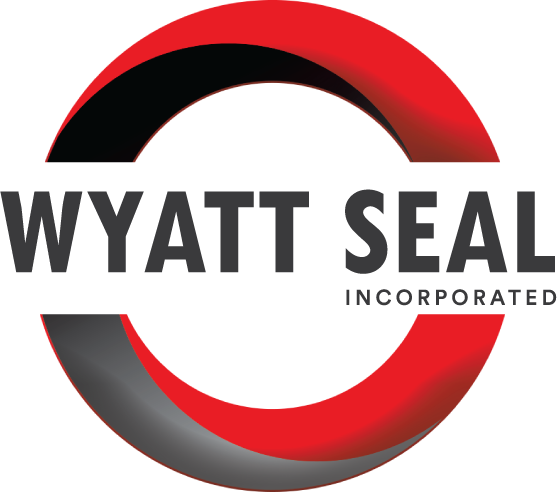-min.webp?width=1329&height=760&name=oil%20spill%20(compressed)-min.webp)
Seals serve as essential components across various industries, ensuring containment, preventing leaks, and maintaining operational efficiency. However, their effectiveness can be compromised by a range of defects, each with its own set of consequences. Preventive measures are crucial in safeguarding against seal failures and their associated impacts. Understanding the types of seal defects, their impacts, and implementing preventive measures are essential for ensuring the reliability and longevity of sealing systems.
Types of Seal Defects:
- Material Degradation: Over time, seals can degrade due to exposure to harsh environmental conditions, chemicals, or high temperatures, leading to loss of elasticity and integrity. Additionally, the phenomenon of “bloom,” where additives migrate to the surface of seals, can accelerate material degradation and compromise their integrity.
- Improper Installation: Incorrect installation procedures can cause misalignment, uneven stress distribution, or damage to the seal, compromising its effectiveness.
- Design Flaws: Inadequate design or selection of seals for specific applications can result in premature failure or inability to withstand operational demands.
- Wear and Tear: Regular wear and tear from operational cycles, friction, or abrasive substances can lead to seal deterioration, reducing its lifespan.
- Manufacturing Defects: Flaws introduced during the manufacturing process, such as dimensional inaccuracies, surface defects, or material impurities, can weaken seals and make them prone to failure.
.webp?width=832&height=552&name=broken%20o-ring%20(compressed).webp)
Impacts of Seal Defects:
- Safety Risks: Seal failures in critical systems, such as those used in aerospace, automotive, or medical devices, can pose significant safety hazards to personnel and the public.
- Environmental Contamination: Leaking seals in industrial equipment or pipelines
- Operational Downtime: Unexpected seal failures can halt production processes, leading to costly downtime, missed deadlines, and loss of revenue.
- Equipment Damage: Seal defects can result in damage to expensive machinery and components, necessitating costly repairs or replacements.
- Reputation Damage: Persistent seal issues can tarnish a company's reputation for reliability and quality, affecting customer trust and market competitiveness.
Preventive Measures:
- Regular Maintenance: Implementing a proactive maintenance schedule to inspect, replace, or lubricate seals can prolong their lifespan and prevent unexpected failures.
- Quality Assurance: Employ stringent quality control measures during seal manufacturing and installation to minimize defects and ensure optimal performance.
- Material Selection: Choose seals made from materials compatible with your temperature, chemical, and pressure requirements to enhance durability and resilience.
- Training and Education: Provide comprehensive training to personnel involved in seal installation, maintenance, and troubleshooting to minimize human error.
- Monitoring Systems: Implement real-time monitoring systems to detect early signs of seal degradation or malfunction, allowing for timely intervention.
Maintaining the reliability and longevity of sealing systems necessitates a proactive approach to prevent seal failures and mitigate their impacts. By understanding the various types of seal defects, recognizing their potential consequences, and implementing preventive measures, industries can uphold operational integrity and minimize risks, ensuring sustained reliability and efficiency in sealing systems.
If you need help navigating this process to find the right seal for your project, talk to a seal expert at Wyatt Seal. We’ve spent 50 years building relationships with seal manufacturers worldwide to offer you access to thousands of seals, gaskets, O-rings, and other specialty items for any application.

